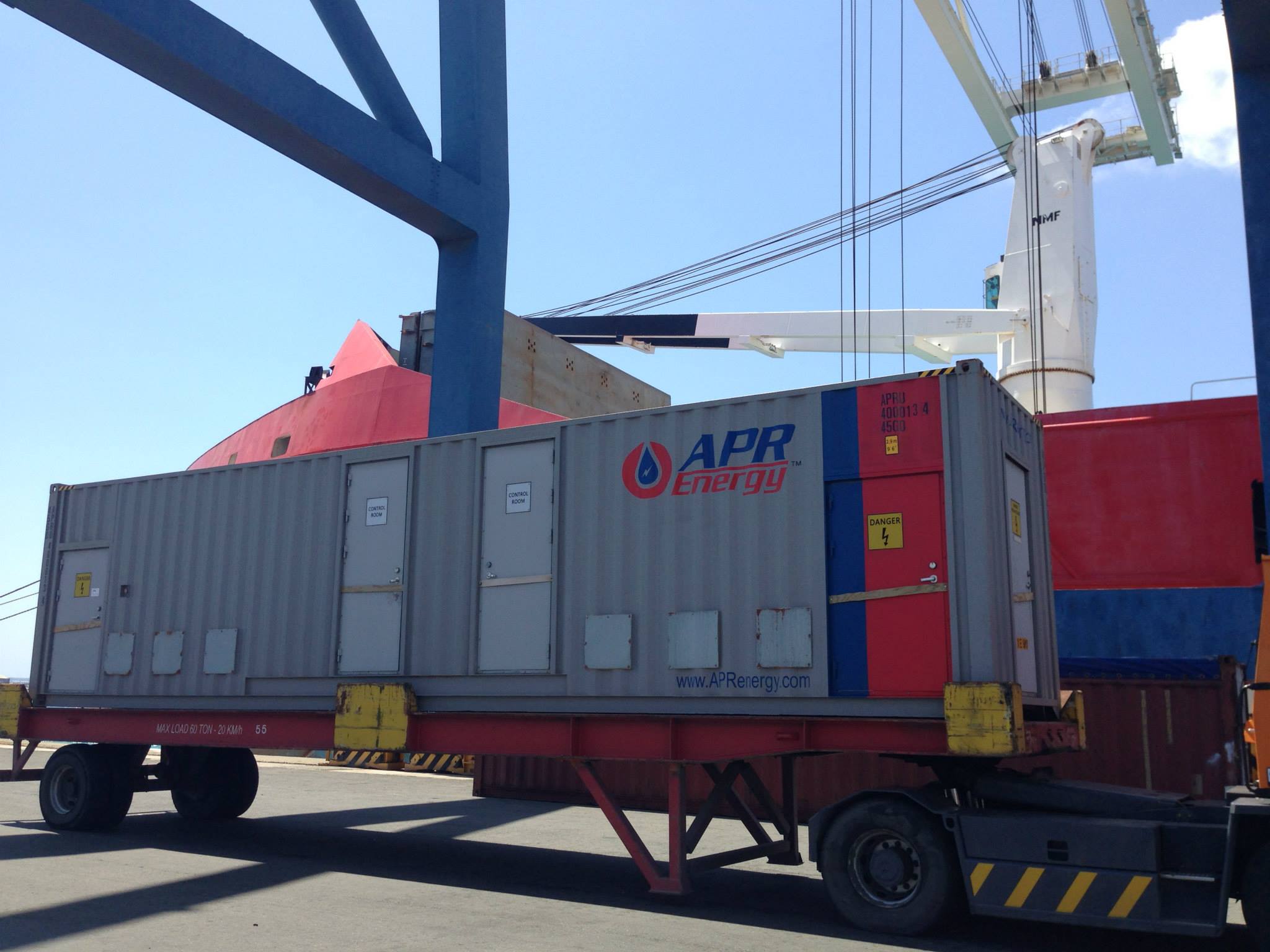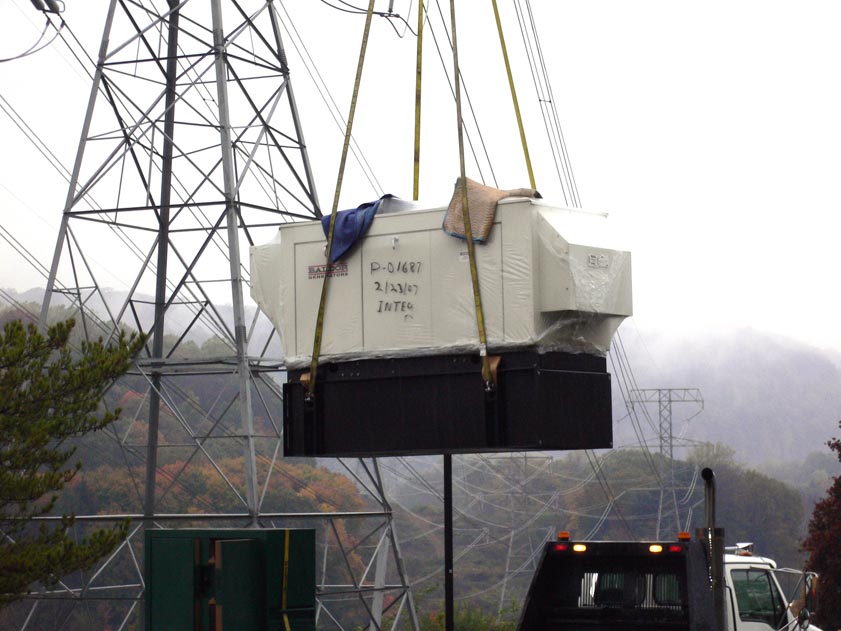
After reading this post, you will have a better understanding of how each one operates and will know which one to choose for your needs. In this blog post, we compare two leading load testing solutions: BlazeMeter and Tricentis NeoLoad performance testing.

A cumbersome solution will remain “on the shelf” and won’t be used by developers and QA, leaving the system in danger of crashing in production under heavy traffic or unexpected spikes. The right system will seamlessly integrate into the developer workflow to make load testing effortless and effective. That’s why choosing which load and performance testing solution to use is not a decision to be taken lightly. By preventing websites and applications from crashing or slowly loading, organizations can avoid an adverse financial impact on their business. Identifying these issues before production is an important way to ensure customer satisfaction. By simulating user traffic, load testing helps identify bottlenecks, performance issues and limitations that can affect the system's scalability, stability, and reliability.
Neoload load generator software#
Neoload load generator generator#
Tip: By default, NeoLoad sets thresholds when 80% and 90% of the Load Generator CPU and memory are used.To pinpoint the load limits of a Load Generator, it is necessary to watch its behavior under the ramp-up test load, and specifically: Identifying the number of Virtual Users that one Load Generator can handle and the number of Virtual Users for the test, it is easy to calculate the number of Load Generators necessary to run the test. For more information about monitoring thresholds, see Set and configure a counter alert threshold.

In the NeoLoad Monitoring data, thresholds on the CPU and on the memory of the Load Generator machine help identify the maximum number of Virtual Users for the Load Generator.įor more information about ramp-up tests, see Load variation policy. Starting a ramp-up test of the application with one Load Generator makes it possible to benchmark the Load Generator with that application. The number of Virtual Users which a machine can handle depends on many aspects: In the case of network adapters, a good compromise is to have one adapter for two cores.įor a four-core machine for example, an appropriate set-up can be 6 Gb physical memory, a 64-bit operating system, 4 Gb memory allocated to the NeoLoad Load Generator and two network adapters.

It is necessary to add to that a 64-bit operating system (to be able to use more than 1.5 Gb of memory), which makes 6 Gb of physical memory. Regarding memory, 1 Gb per core is a good compromise in this case, 4 Gb of allocated memory is ideal.

For example, with a machine with four cores, it is vital to make sure the rest of the machine is adequately dimensioned in order to properly use the available CPU capacity.
Neoload load generator code#
The NeoLoad Load Generators code is optimized for multi-core and multi-processor environments.


 0 kommentar(er)
0 kommentar(er)
